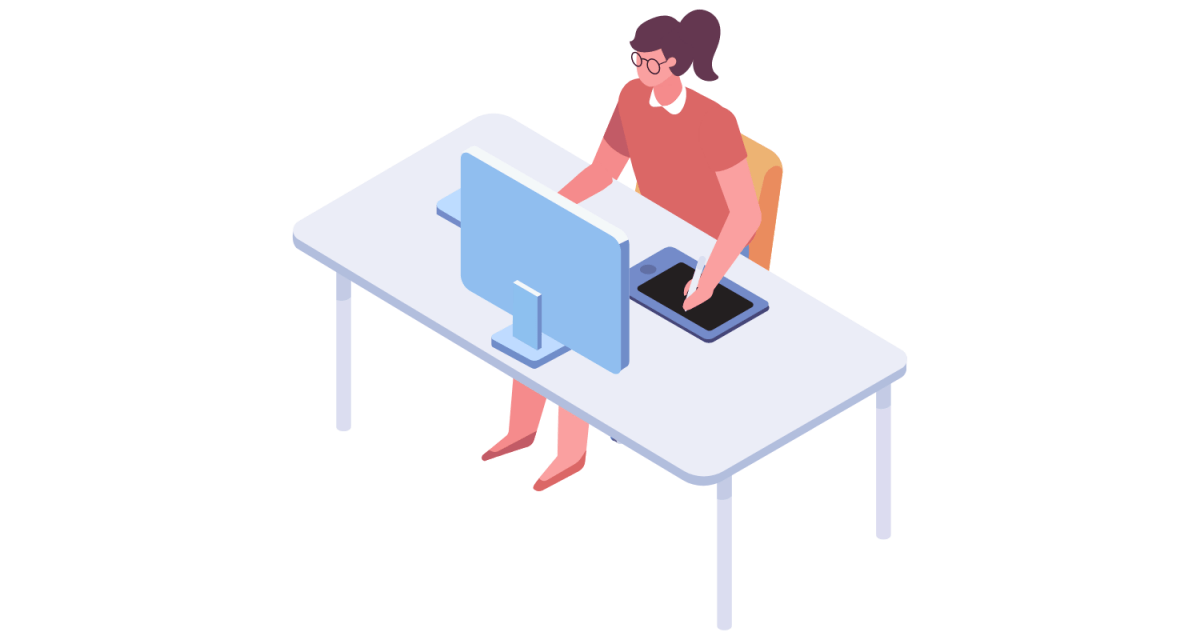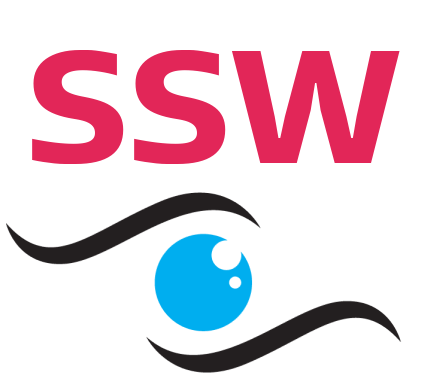by Alison Bates, Tech Adviser
March is Workplace Eye Wellness Month. Although there are a huge range of settings for work, we are generally becoming more reliant on digital technology. This can result in extended time in front of a screen which can cause eye strain, headaches, blurry vision, and neck and shoulder pain.
Thankfully, there are many ways we can prevent these symptoms and here are a few suggestions:
Good posture
Sit making sure your head and neck are upright and in-line with your torso, not bent down or leaning back. Face your screen directly in front and position the screen around 25 inches (roughly an arm’s length away).
20-20-20
Every 20 minutes, look at an object at least 20 feet away for at least 20 seconds. This will give your eyes a rest from the screen for a suitable amount of time.
Device settings
There are a number of ways you can make your computer, tablet or phone better for your eyes. You can raise the contrast on your screen. Perhaps make the text larger which can reduce strain, and also change the brightness of the screen. It shouldn’t be lighter or darker than your surroundings.
You can also lower the colour temperature of your screen. That means it will give off less blue light, which is linked to more eye strain.
Get regular eye tests
Regular eye tests are essential for maintaining eye health at work; you should have one every two years unless your eye care specialist recommends you have them more regularly.
Many workplaces will cover the cost of your test and may help towards the cost of any glasses needed so it is worth checking with your HR department.
At Sight Support Worthing we encourage our staff to maintain good eye health by covering the cost of an eye test and pay towards any glasses needed.
“People often take their vision for granted, but problems with eyesight can occur at any time in your life.
As a sight loss charity, we ensure our team take regular screen breaks and keep up to date with routine eye tests but it’s really something all employers should be doing.
The people are the most important part of any organisation, and their sight is often critical to the work they do so it makes sense to protect the eyes as the most important resource.”






